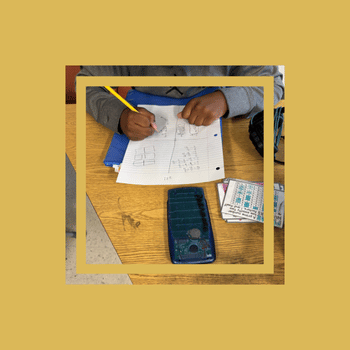
After three years with Structures of Equality, fourth grade teacher Jasmin isn’t just trying it out, she’s all in. Her story offers insight into what changes when comprehension leads and scaffolds support real thinking.
September 10, 2025
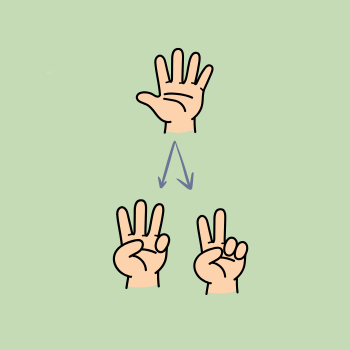
Explore how early math routines help students understand that numbers are composed of other numbers: a foundational idea that supports place value, fractions, and meaningful problem solving.
August 6, 2025
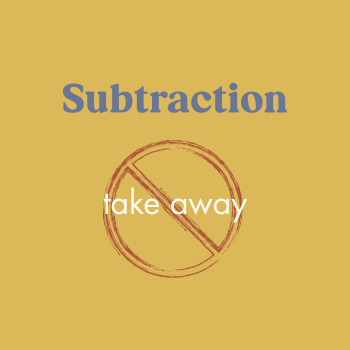
Subtraction isn’t about taking something away. It’s about making sense of relationships. See why “take away” leads to misconceptions and how to shift your language.
July 9, 2025
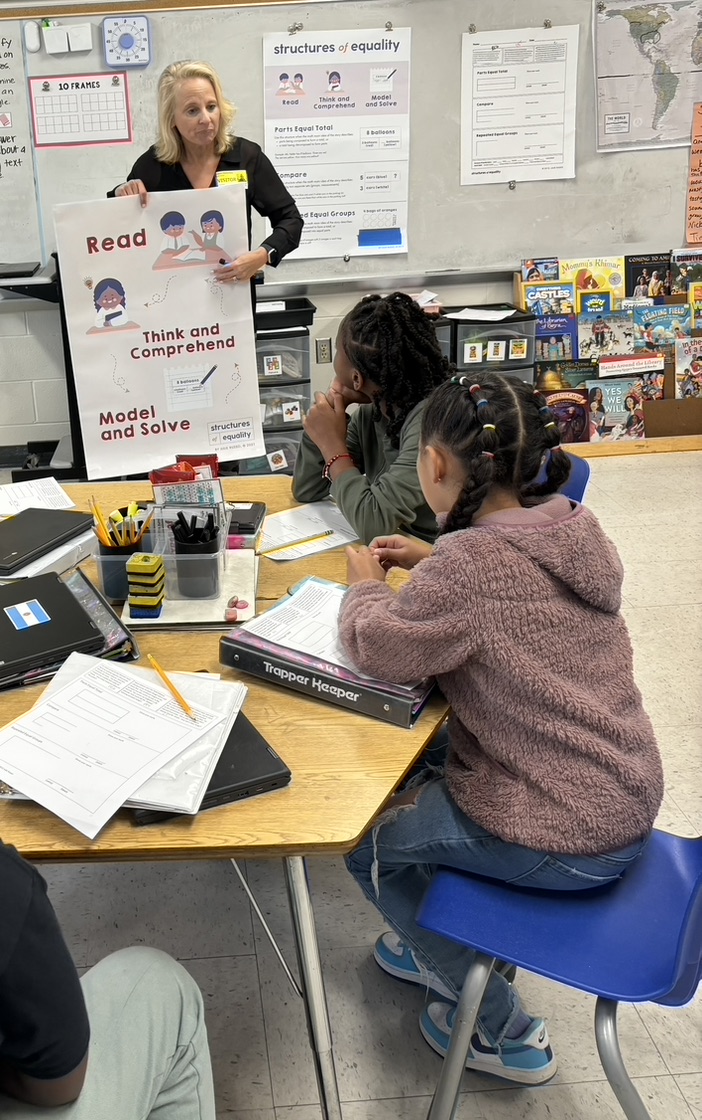
A reflection on how Pam Seda’s work validates my mission to bring equity, comprehension, and deep thinking into math classrooms.
June 11, 2025

Math anxiety can create real barriers for students. Learn research-backed strategies to help your students feel more confident, supported, and successful in math.
May 28, 2025

Just because a student can’t calculate fluently doesn’t mean they can’t think deeply. Let’s dismantle gatekeeping and open access to rich, meaningful math for all students.
May 14, 2025
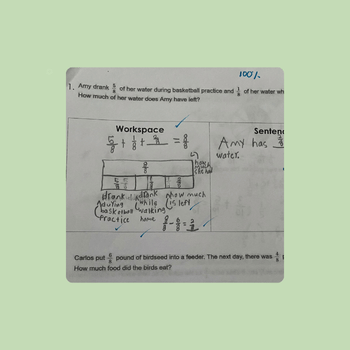
Many students struggle with math not because of computation, but because they don’t know where to start. Learn how Structures of Equality (SoE) helps students decode word problems and build confidence in problem-solving.
April 23, 2025
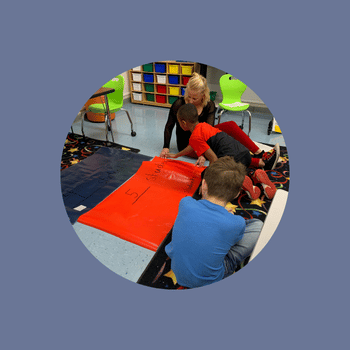
Most kids don’t struggle with math because they can’t do the calculations—it’s because they don’t fully understand how numbers work together. SoE changes that by helping students see the bigger picture: how numbers break apart, how equality actually works, and why units matter.
April 16, 2025

Sometimes it feels like your students are playing a guessing game when it
comes to number stories. Learn how SoE helps them understand and the research that
backs it.
April 2, 2025

Anchor charts in your math classroom help make abstract concepts more accessible. They also increase retention and help promote independence.
March 5, 2025
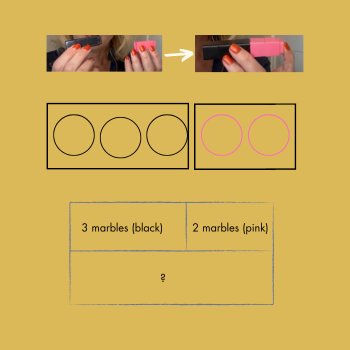
Are your students struggling with the PET structure? Use manipulatives and visual representations to gradually build their confidence and understanding.
February 26, 2025

Estimation uses number relationships to build reasoning. Strategies like close comparisons, focusing on ‘less,’ and warm-ups increase problem-solving skills.